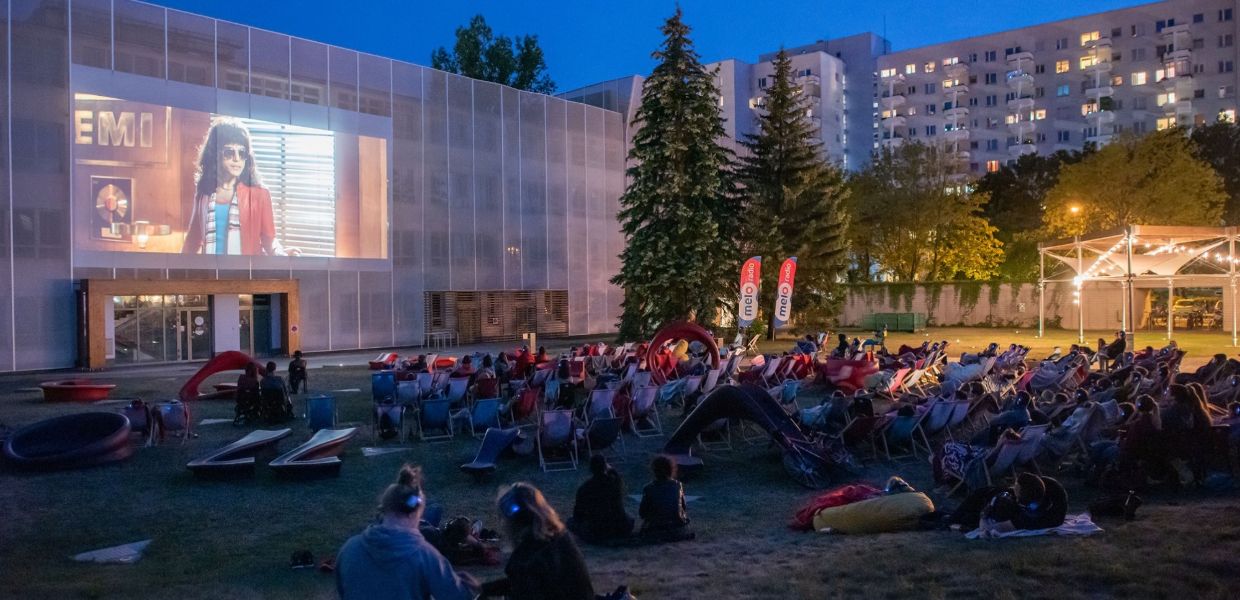One size doesn’t fit all
There are varied approaches to re-opening being taken over Europe. The Network of European Museum Organisations (NEMO) has created a map of Europe showing the current situation in each country and the dates that cultural institutions are allowed to open there.
And not all institutions are ready to let people in on the first day they are allowed to. Each institution has its own challenges and has to balance expectations and revenue with safety and practicalities. So while some, like the Rijksmuseum and Mauritshuis opened up on the first day they could (1 June) with limited numbers and pre-booking required, others like the Louvre delayed their opening. Museums in France were allowed to open on 2 June but the Louvre opened its doors on 6 July.
Opening up messaging
When you are going to open again, you need to tell people all about it. The Mauritshuis in The Hague, Netherlands, has done a beautiful job of this with a video based on their building and collections.
Opening up outside
This time of year usually sees FINA (National Film Archive - Audiovisual Institute of Poland) launch their outdoor cinema programme - Eternal Summer (pictured at the top of this post). Anna Witek, Senior Programme Specialist at FINA tells us about it: ‘We show movies in our beautiful courtyard, while the audience sits on deckchairs, listening to the movies with a silent disco sound system (we don’t bother the neighbours this way). Our guests love it and they come in crowds every year.’
However, this year’s experience - the first activities of FINA’s reopening - will be a little different. Anna says, ‘We are launching the programme in mid-July. It is going to be a real challenge, both for us and for our visitors. As organisers we currently face problems with proper sanitary conditions and safety rules for the screenings. Despite all the obstacles and the extra work, we are dedicated to making the project happen because we believe it is the core of our summer activity, giving our audience a very special cinematic and, at the same time, community-bonding experience. And we think this year we all need it even more than ever before.’
Opening up inside
When you do get to go inside a cultural institution, you’re likely to find routes around the building limited. A report from the Turing Institute based on the behaviour of (pre-pandemic) visitors to the British Museum found that most visitors wander around the museum, not following defined paths. Less than a quarter are what they call ‘Committed trekkers’ - those that spend a long time on their visit and see many objects. It is this group that the study suggests are most suited to the kind of restricted and controlled visits possible right now. Taha Yasseri of the Turing Institute suggests that splitting one site into ‘multiple isolated sub-museums’ might be a good idea.
That’s what the National Gallery in London has done. There are three prescribed one-way routes around the gallery. Writing for the BBC, Will Gompertz says, ‘Each trail takes around 30 minutes and features hundreds of stunning paintings.’ He says these new normal walking tours have a lot going for them, even though, ‘The defined routes are like motorways, once you're on one you have to go with the flow until the next exit’. He concludes that they are ‘an intelligent solution to a difficult situation: turning expert curators into art-route planners might be more than a quick fix, it could be the future.’
Opening up to the future
The Lucian Blaga Central University Library in Romania has also found that its crisis strategy has potential to be part of its future. To enable students to continue their academic studies during the crisis, they teamed up with Babeş-Bolyai University to digitise the bibliography for all curriculum subjects taught online during the lockdown. ‘The crisis forced the library to re-evaluate certain services and to rethink a crisis strategy that works in the short term,’ says Florina Ilis, Head of the Department of Bibliographic Research and Documentation. ‘But in the long-term, the strategy that worked successfully during the COVID-19 crisis will be improved and adapted.’
But Florina reflects that the library means more than delivering books quickly through an online environment. ‘We have tried to think of future strategies to protect ourselves from the danger of depersonalising the library. I believe that, following the Europeana model, libraries should develop and provide narratives around specific, valuable and open-ended collections. A first step was taken by our library by developing a portal dedicated to the First World War. I believe that this should continue and expand towards new historical, cultural, artistic and social themes. As such, the most important elements we need are creativity and imagination. These are the main things (acquisitions) that we became aware of during the health crisis of COVID-19.’
Explore more #DiscoveringEurope initiatives and share your reopening activities with us


